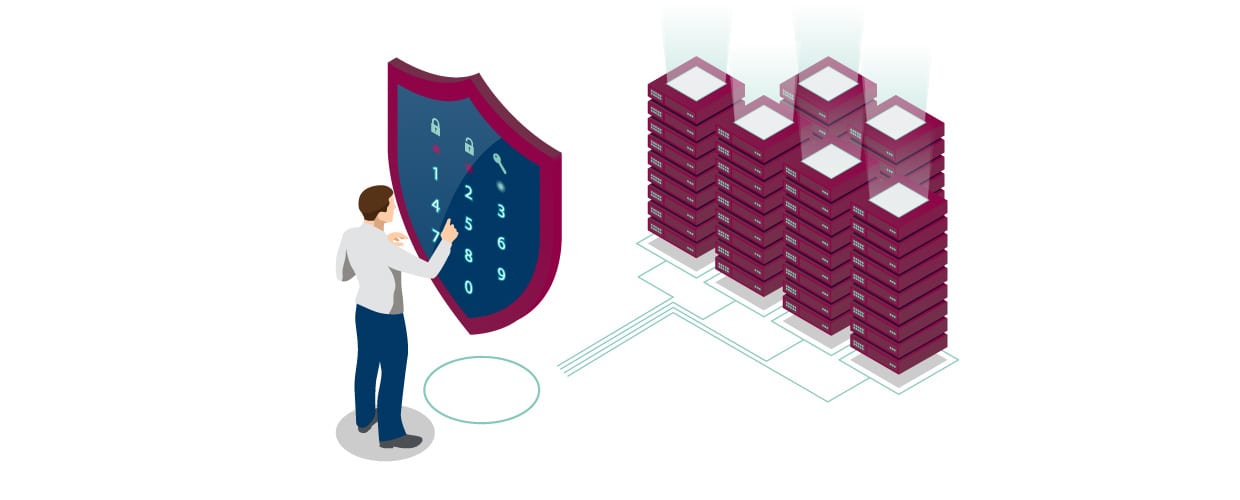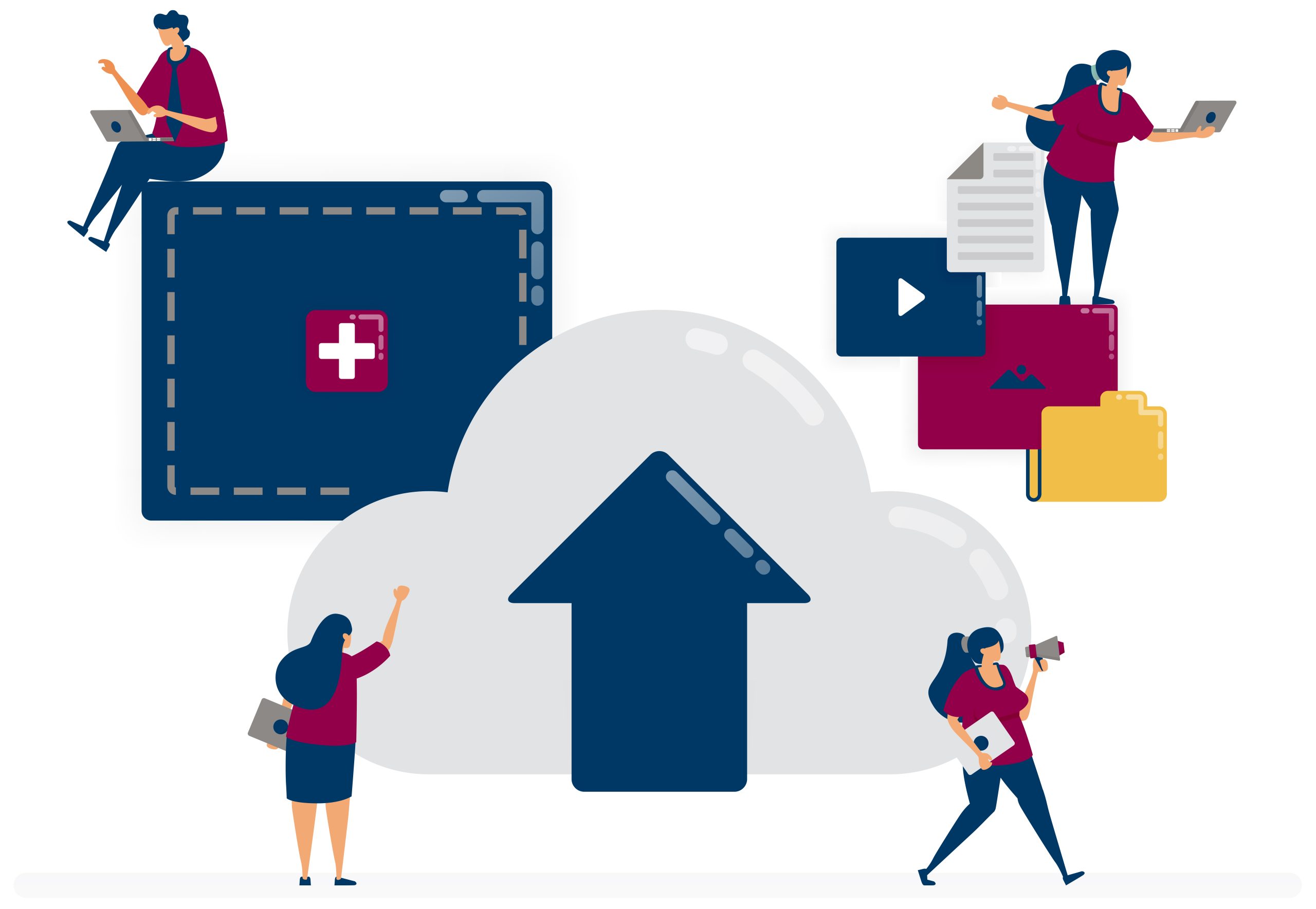Top 3 Hidden On-Premise Costs Organizations Should Know
Blog post
Share
Even though 2020 was a year of economic uncertainty and budget-stretching for organizations, studies show that the cloud market grew even faster in 2020 than in 2019. The sudden move to enable a remote workforce due to the global pandemic is the main reason for that growth pattern, which is expected to continue. In fact, it’s been reported that 97% of IT managers plan to distribute workloads across two or more cloud environments to maximize resilience, meet regulatory and compliance requirements and leverage best-in-class services.
However, some organizations are still holding on to legacy systems in their on-premise environment. They may be paying some hidden on-premise costs by doing so. Let’s take a look at the top three hidden on-premise software costs organizations should know as they look at their future tech strategy.
These organizations may be surprised to learn that Cloud-based software solutions are more cost-efficient than on-premise software solutions in the long term, due to the many hidden costs organizations must pay for with on-premise environments.

Digging Into On-Premise Software Costs
On-premise software costs can build up very quickly but, by choosing to migrate solutions to the Cloud, organizations can transfer many of these over to their technology provider, rather than taking on the extra costs and tasks themselves.
Let’s dig into the top three areas of hidden on-premise costs:
- Infrastructure
- Labor & Productivity
- Environmental Impact
Infrastructure Costs
The most significant cost that can be alleviated by moving to the Cloud might be its most obvious: infrastructure costs. Not only does obtaining the hardware to support your organization require significant investment, but these costs continue after implementation whenever an organization needs to expand its server capacity. With additional costs such as licensing fees, operating systems and housing the total investment quickly grows.
Other infrastructure costs organizations find themselves paying with on-premise solutions include:
- Implementation/Configuration
- Training
- Maintenance and upgrades (both planned and unplanned)
- Limited redundancy
- IT time on non-core application
- Longer issue resolution times
Labor and Productivity Costs

Supporting an on-premise environment means that IT must dedicate a portion of its team to service the hardware and keep everything running smoothly and securely. When organizations move to the Cloud, their IT personnel are free to take on more value-adding projects, like improving employee experiences through technology and other unique priorities your business might have. Not only that, but when your organization needs to expand, the burden doesn’t fall on your IT teams and additional headcount won’t be needed just to keep the organization functioning.
Environmental Impact Costs
As corporate environmental governance becomes more important to both the workforce and potential clients, it’s important to consider the alleviation of environmental impact that transitioning to the Cloud brings. The most immediate impact of moving to the Cloud is less paper usage. The average American, studies have found, uses 700 pounds of paper products, most of which are wasted and could be prevented in the workplace. Additionally, moving to the Cloud can also reduce energy costs for an organization with an average reduction in energy use of 87%.
Transitioning to Cloud-Based Software Solutions
Infrastructure, labor and environmental costs are just the top three hidden on-premise software costs that can be alleviated when an organization begins utilizing cloud-based software, rather than trying to maintain an on-premise environment.
Software-as-a-Service (SaaS) providers like Trintech offer solutions that are powered by global, multi-cloud architecture that has been designed in partnership with modern technology leaders. Known for flexibility, data integrity, performance, and availability, Trintech currently serves customers across the globe in hyper-converged private cloud tenants. Additionally, Trintech provides compliance with security standards as evidenced through Cadency’s ISO 27001 certification.
[cta-content-placement]
It’s time to stop holding on to legacy systems in an on-premise environment that keeps data siloed. Best-in-class organizations have realized having their solutions in the Cloud opens up a world of possibilities. Explore how the Cloud can modernize your financial close processes with Trintech.
Written by: Ashton Mathai

